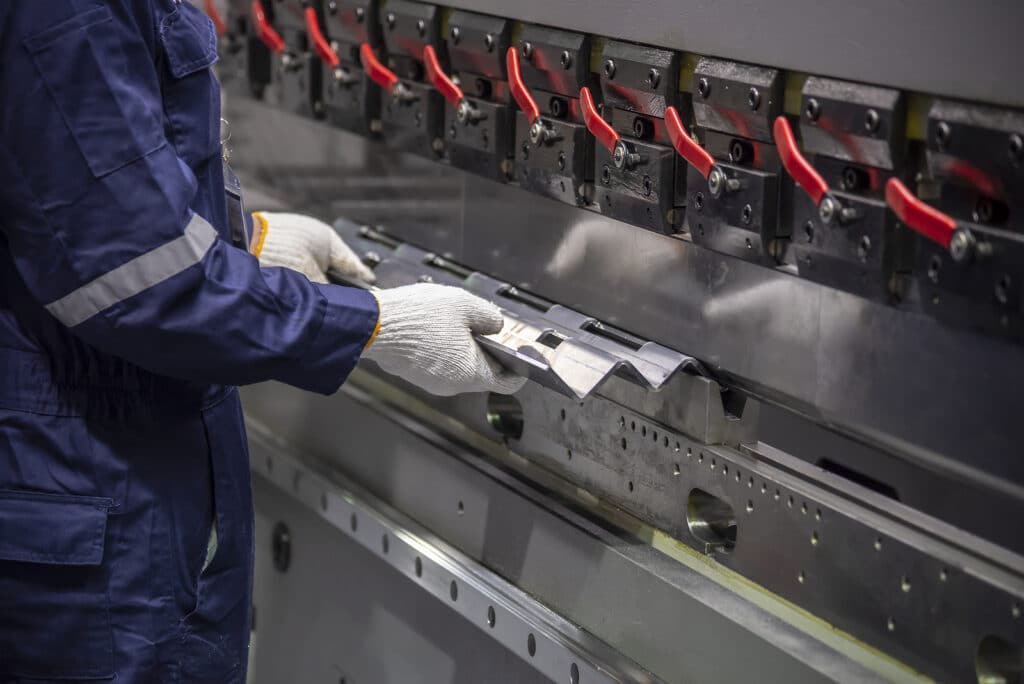With the implementation of new technologies and processes in the manufacturing industry, some are even labeling this era as the Fourth Industrial Revolution. The integration of AI and the Internet of Things is revolutionizing the modern workplace. Processes are changing; manufacturers are looking for ways to cut costs, and more jobs are being created every day. In today’s ever-changing workplace, here are three manufacturing trends to watch in the second half of the year.
There’s a labor shortage
In a tight labor market, it’s becoming more and more challenging to find talent in the labor and manufacturing industry. At the end of 2018, there were 508,000 manufacturing job openings – the most significant gap in nearly 20 years. And this predicament isn’t going away in 2019.
Last month, manufacturing employment gained 17,000 workers. So far this year, monthly manufacturing job gains have averaged 8,000 jobs or a total of 48,000 jobs in 2019. Moreover, there was a total of 12.9 million manufacturing jobs as of June 2019. This proves that the manufacturing industry continues to create jobs. Yet with an unemployment rate of 3.7 percent, it’s becoming increasingly difficult for employers to find and retain talent.
There’s a skills gap
Despite the creation of hundreds of thousands of manufacturing jobs, there is a skills gap within the industry. There is an expanding gap between vacant positions and the qualified candidates capable of filling them. Between 2018 and 2028, the skills gap is estimated to leave approximately 2.4 million jobs unfilled.
Due to the increasing implementation of technology in the workplace, some jobs are being eliminated or changed. However, many manufacturers are combating this by training their existing staff. Employers are retooling their team and helping them develop new skillsets, and thus, transitioning them into new roles.
Companies are going lean
Lean manufacturing has been around since the 1980s. However, it has been continuously gaining popularity with manufacturing organizations around the globe. Essentially, lean manufacturing is the process of minimizing waste within manufacturing processes. As manufacturers continue to find ways to shed waste, more employers are covering the costs for their employees to receive certifications, such as Lean Six Sigma and Lean Kaizen certifications.
In fact, 55 percent of employers are now helping cover the costs for their employees to earn certifications. That is up from 47 percent in 2016. In other words, manufacturers are investing in their employees. This will ultimately help them become more efficient, and therefore, help improve production.
Get the help you need
As you can see, the manufacturing industry is tighter than it has been in almost 20 years. If your organization needs help navigating the labor shortage in today’s job market, reach out to JSG’s expert team of labor and manufacturing recruiters. We can help you find the talent you need to keep production running smoothly.





